For UX personalization.
For price optimization. customizable
By market range segment. customizable
By attributes valuation.
Hotel room mapping standardizes room types across booking channels (OTAs, GDS, direct) by aligning different naming conventions (e.g., "Deluxe queen" vs. "dlx qn") to a unified list.
This ensures consistency for guests, hoteliers, and systems, improving content accuracy, profitability, and customer experience.
Room-matching is a Hotel and Room mapping suite to enable you to search, process, standardize and maximize profits for the millions of room types flowing into your system.
Hotel room mapping is the process of standardizing and organizing different room types across buyers & sellers (channels, suppliers, OTA, GDS, direct booking, distribution platforms),
to ensure consistency. Each hotel often has its own naming conventions and categories for room types (e.g., "Deluxe queen, "Ocean view suite ada"),
and different booking platforms might label similar rooms differently (e.g., "dlx qn, "Ocean suite accessible").
The goal of room type mapping is to match these varying names and discrepancies to a standard list, making it easier for platform users, guests, hoteliers, and booking systems to understand what each room offers.
Room mapping is essential for streamlining qualified content, optimizing profitability, and improving the customer experience.
Hoteliers looking to blueprint rooms. Eliminating blind spots and alterations. Enjoy direct, secure, and intelligent distribution.
Channels aiming to optimize revenue strategically while seamlessly tracking and driving sales with deep granular comp-set metrics.
Platforms in need of a secure, independent solution to leverage mapping intelligence across pre-booking, booking, and post-booking search phases.
OTAs seeking to enhance personalization with a Google-like search/mapper combined that operates at destination, hotel, and room levels.
Room-matching is a Hotel and Room mapping suite to enable you to search, process, standardize and maximize profits for the millions of room types flowing into your system.
DEMO 1: Map room types instantly.
Type a room name or click shortcuts, we'll standardize it instantly.
Supported language: English
High-performance: Lightning-fast queries & responses.
NLP-powered: Supports natural language searches.
Massive scale: Built for high-volume & demand.
Unlimited: Get a master license. Search & map by billions.
Blueprint rooms. No more blind spots or alterations.
Just direct, secure, and intelligent distribution.
Our room unique ID feature transforms traceability, interoperability, and enhances control across the travel ecosystem.
By generating a self-contained secured ID (compact, system-agnostic with embedded origin's type mapping & references), you can:
Interoperability
No matter where your room ID travels in the distribution chain or how intermediaries modify naming. Instantly get the true room type and specs by just decoding the ID.
Stability
Optimize revenue strategically. Avoid prices fragmenting in your inventory. Room names manipulations erodes control, clouds performance, and risks guest dissatisfaction.
Traceability
At booking time, check if the room sold is what it was at start. Eliminate log checks by automating highly secured in & out attributes parity controls.
leverage room intelligence & optimize revenue @ pre, during, and post booking phases.
pre-booking search phase
Automatically sync and standardize room data from all suppliers into one format.
during booking search phase
Improve search with natural queries like "Greek islands private pool" or "Miami Beach family ocean view."
during & post-booking search phase
Optimize profitability in real time during your hotel searches by dynamically mapping room rates across suppliers.
Customizable features to refine room searches, use standalone or combined for: Smarter pricing, deeper market insights, seamless user experience.
1 - MAPPING
Covering all room's facets. Type, category, view, beds, amenities...
Drive sales with high conversion.
2 - MATCHING
Rooms are grouped by type & specs (customizable). Duplicates are removed.
Compare rates @ avail search.
3 - RANGING
Rooms are grouped by range & market position. Moderate->high-end.
Fast compSet filtering.
4 - SCORING
Grouped by attributes value. What type ? view ? amenities ? each add weight.
Best value for the money.
Map suppliers' hotel ID and room inventory together to build a global cache linking properties with their standardized room types in one go.
Your mapping response is tailored specifically to your needs, offering full customization.
Supported languages for input and translations are EN, PT, ES, FR, IT & DE.
Map room data as-is, no limits, no storage, just real-time processing.
Source-agnostic: Works with any supplier or your own data
Fully customizable: Group by type, beds, amenities, etc.
Scale effortlessly: Handles a few requests to billions/day
Smart Sentiment Detection for Accurate Room Mapping.
Our system analyzes room names to detect positive, negative, and neutral attributes,ensuring precise mapping.
How it works:
- Identifies exclusions (e.g., "no sauna," "pool not available")
- Flags inclusions (e.g., "free breakfast")
- Returns sentiment scores per attribute
Result: Higher relevance in-context mapping.
Multilingual Room Mapping for Smarter Analytics.
Our system unlocks precision by mapping attributes across languages whether descriptions use English, local terms, or both.
Key features:
Works in 6 languages (English, Spanish, Portuguese, French, Italian, German).
Language-mixing supported (e.g., "Vista al mar + King Bed").
Returns standardized results in the desired language.
Why it matters:
Accurate cross-market comparisons.
Consistent analytics despite local naming quirks.
Integrate it into your booking flow whenever and however you need:
Static cache: Map your listings, suppliers, logs, and booking history.
Hybrid deferred: Update new entries as they appear, mapping whenever needed.
Real-time call: Map each availability call to suppliers in real-time.
Cloud & API Room Mapping – Fast, Scalable, Real-Time.
Available in your cloud or via API:
Fast API: Database-free architecture for real-time processing.
High-volume ready: Custom high-frequency mapper for unlimited availability calls.
(Highlights speed, scalability, and deployment flexibility in minimal words.)
Skip the Data Hassle. Get AI-Ready Datasets Instantly
Problem:
99% of AI project costs go to data cleaning & labeling (like ChatGPT training).
Our Solution:
Room-matching delivers pre-normalized datasets classified and formatted for OpenAI/ChatGPT.
Unified structure across hotels, rentals, and rooms.
Result:
Train AI faster without months of data prep.
Our data solutions drive innovation across:
Hospitality & Revenue:
- Dynamic pricing, markup optimization & demand forecasting
- Unified B2B/B2C data for OTAs & metasearch
AI & Personalization:
- ChatGPT/LLM-ready datasets
- Conversational AI & personalized trip builders
Advanced Analytics:
- Market trend prediction
- Reward program optimization
High-Performance API:
- Delivers Google-speed responses for high-volume queries
- Built for natural language search (e.g., “luxe Miami Beach suites with pool”)
Perfect For:
- Metasearch engines & OTAs
- Dynamic pricing & revenue tools
- Conversational AI & chatbots
How does room-matching enhance the user experience & find the best rates?
Click below to access our B2B/B2C UX simulator, showcasing various ways and ideas to improve your website.
Case study: 100 kms radius around Faro, Portugal. 5 suppliers.
723 hotels, 27k rooms
instantly mapped, similar grouped & best deals found.
An autocomplete search-box with detailed filters drop-downs to fast-forward selection.
Shortcuts button automating deep filtering for paxes, beds... & most wanted features.
Filters the best deals per room type & matching group. Duplicates removed.
Market level price optimization in one click. Envision an entire market for profitability.
Room-matching supports 6 languages simultaneously:
EN, SP, PT, FR, IT, and DE.
Both the input room name you send and the response are processed in these languages.
You’ll receive the translated room name in all six languages.
In progress: AE, IN, CN.
| code | topic | example |
|---|---|---|
| BDR | room number | 1 bedroom, 2 bedrooms |
| TYP | room type | suite, loft, dormitory |
| CAT | class & category | standard, deluxe, corner |
| VEW | view, side, sight | sea/pool view, hill side, no view |
| BED | beds | double or twin, king bed, sofa |
| BLC | balcony patio | balcony, terrace |
| CAP | capacity | single, double, triple |
| SGL | single use | 1 pax, single use |
| PAX | pax usage | no child, 2ad+1ch |
| SHR | shared | facilities, bathroom |
| MKG | marketing & SEO | stunning, art deco |
| CHA | chain & brand | hilton |
| FLR | floor | top floor, ground floor |
| ADA | accessible | roll-in |
| REF | refundable | no ref, refundable |
| CAN | cancelable | NC, cancelable |
| DEP | deposit | required or not |
| MBR | membership | required & type |
| PLA | plan & promo | on sale, early birds |
| BRD | board meal | breakfast, AI |
| SMK | smoking | or not |
| AMN | in-room amenities | safe, minibar |
You access you profile and set the options.
You can create multiple mapping profiles and users.
Each user can use the corp profile or have its own.
We have presets to choose from.
Room-matching processes your calls containing the rooms list. We do not connect to your suppliers.
When you send a hotel rooms list containing your suppliers API availabilities, the mapping is returned under half a second.
You can also send larger inventory lists (up to 30k per call), to quickly map entire inventories (eps room inventory takes 10 mns).
NATURAL LANGUAGE PROCESSING
NLP is splitting an unstructured text into sortable data.
Our in house technology chunks a text into sections, scans terms, sorts out attributes.
It can be an hotel, rental or room name, a more complete text description, an html page or suppliers' API fields.
All usages: Static / 24H / hybrid / deferred / batch / on-the-fly / real-time.
Cost based on volume.
In addition to offering mapping services, I can assist you in organizing and structuring your inventories,
setting up database frameworks, applying fintech solutions, and automating price optimization within your system.
I’ll help you maximize the value of your suppliers' content and tech partners.
Feel free to contact me with any questions.



